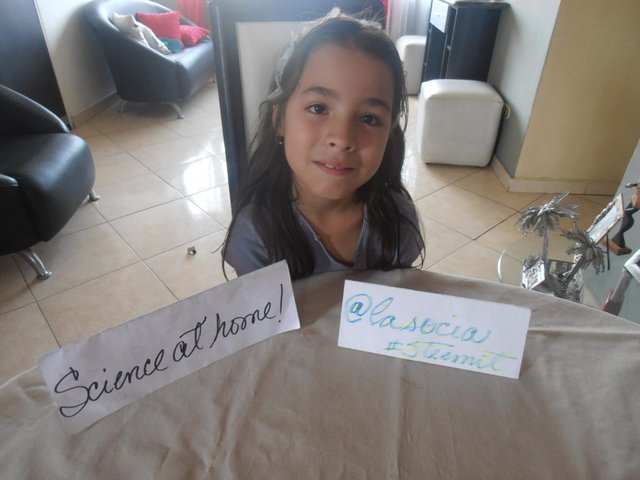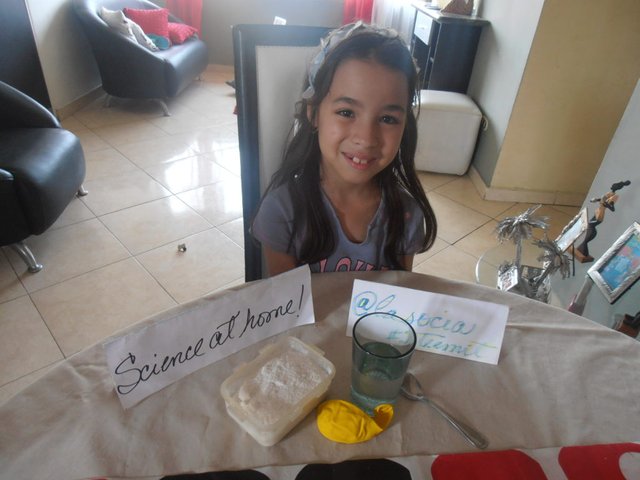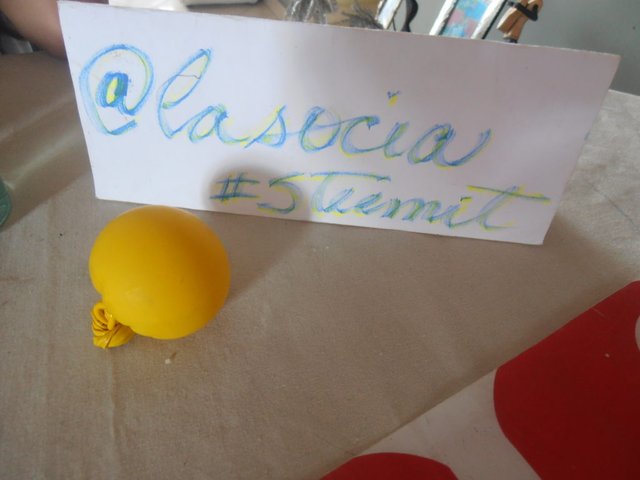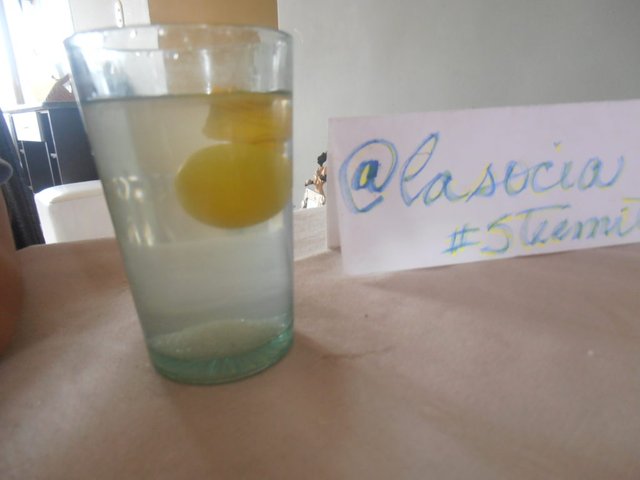Science at home! Fun homemade experiments for the little ones. Today we will learn about the Density and Buoyancy!

But before we start, let's review the terminology.
What is Density?
That an object floats or sinks in a liquid depends on the relation between the densities of the object and the liquid. The density of a substance is obtained by dividing its mass by its volume. Volume is the space it occupies and mass is easily measured with a weight or scale. If we divide the mass between the volume density is obtained.
What is buoyancy?
Buoyancy is the ability of a body to stay within a fluid. A simple way to explain it is that for an object to float it is necessary that the push-up is greater than the weight and that depending on the density of the object and the fluid it floats more or less.
Yes now! Let's go with the experiment:
Materials:
- A glass of water
- .Salt
- One teaspoon
- A balloon

Procedures:
- In half a glass of water, add approximately 4 cups of salt.
- Then he takes that water and with the help of a syringe he fills a balloon.

- Then place 4 more tablespoons of salt in the water to achieve a saturated solution and place the balloon inside the glass.
- If we drop the balloon in the glass we see that it is floating on the surface.
- The balloon mixture has less salt, is less dense and therefore floats on the glass mixture.
- Now with the help of a syringe we pour water down the walls of the glass very carefully so that they do not mix.
- The balloon has an intermediate density that is why it floats between the saturated mixture found in the bottom of the glass and the water that is in the upper part.
- The two liquids mix little by little but we can move them to accelerate the process.
- The mixture that fills the glass is denser than the mixture that has the balloon and therefore floats on the surface.





Sort: Trending
[-]
edu-venezuela (69) 5 years ago
